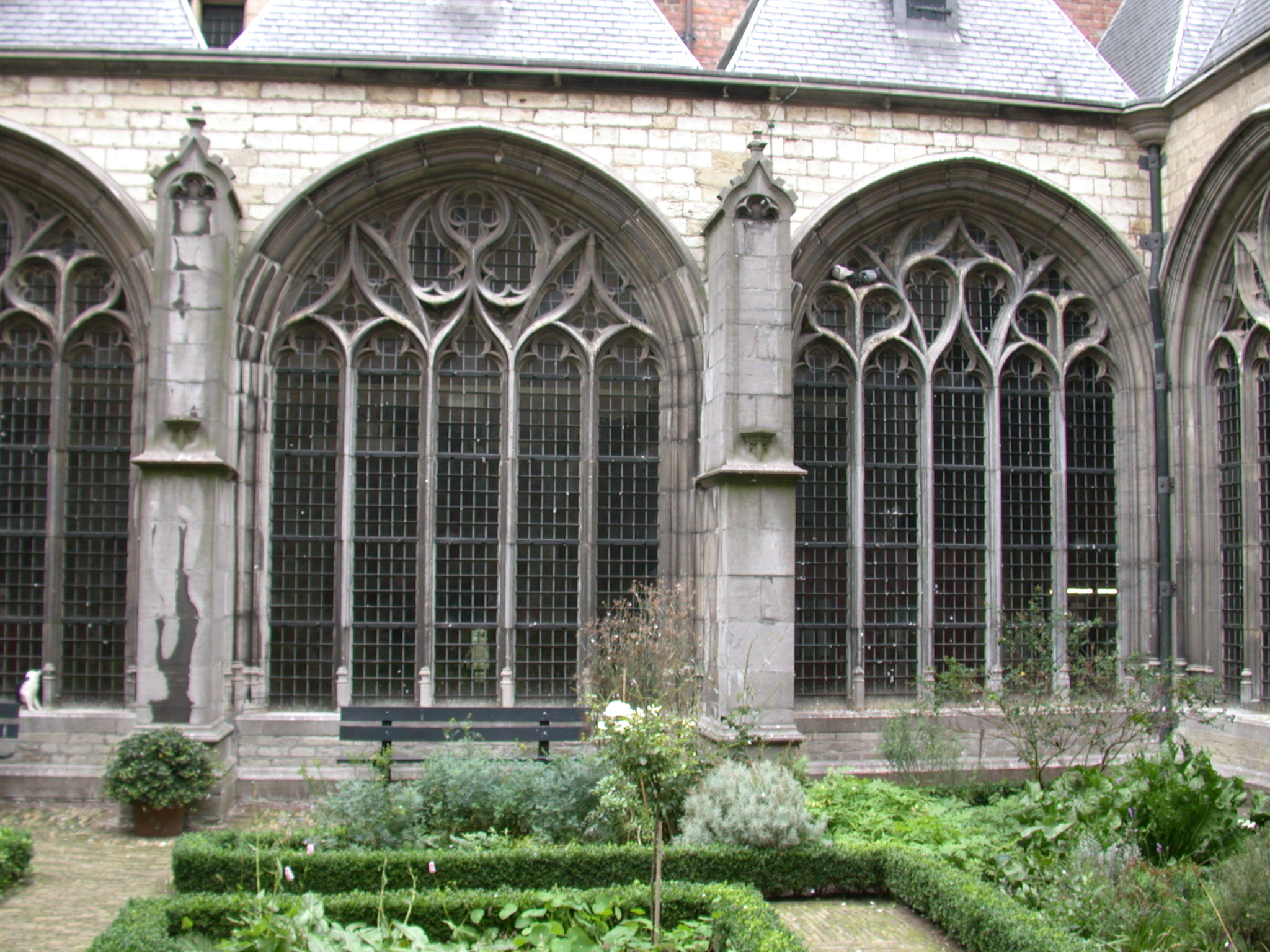3D Garden Design Reviews & Guide
Introduction:
In recent years, there have been significant advancements in technology that have revolutionized the field of garden design. One of the most notable developments is the use of 3D design software, which allows designers to create detailed and realistic renderings of their garden plans. This technology has enabled designers to better visualize their ideas, communicate with clients, and make more informed decisions about the layout and features of a garden. In this essay, we will explore the evolution of 3D garden design in British UK English, comparing it to what was available in the year 2000.
The Evolution of 3D Garden Design: In the year 2000, 3D garden design software was in its infancy. While some basic programs existed, they were often limited in terms of functionality and realism. Designers were forced to rely on 2D drawings and physical models to communicate their ideas, which could be time-consuming and less effective in conveying the overall vision for a garden.
In the year 2000, 3D garden design software was in its infancy. While some basic programs existed, they were often limited in terms of functionality and realism. Designers were forced to rely on 2D drawings and physical models to communicate their ideas, which could be time-consuming and less effective in conveying the overall vision for a garden.
Fast forward to the present day, and the landscape of 3D garden design in British Houseplants UK English has changed dramatically. There are now a plethora of advanced software options available, each offering different features and capabilities. These programs allow designers to create detailed 3D models of their garden designs, complete with realistic textures, lighting, and landscaping elements. This level of detail enables designers to more accurately convey their ideas to clients, as well as experiment with different layouts and features before beginning construction.
One of the key advancements in 3D garden design software is the ability to create virtual reality (VR) experiences. With VR technology, designers can immerse themselves and their clients in a digital representation of the garden, allowing them to explore the space from all angles and make adjustments in real-time. This level of interactivity can greatly enhance the design process, as clients can provide feedback and make decisions based on a more accurate representation of the final product.
Another notable advancement in 3D garden design is the integration of sustainability and environmental considerations. Many modern software programs now include tools that allow designers to simulate the environmental impact of their garden designs, such as water usage, energy consumption, and carbon emissions. This enables designers to create more sustainable and eco-friendly gardens, which are increasingly in demand from clients who are conscious of their environmental footprint.
Furthermore, some 3D garden design software now includes features that allow designers to collaborate with other professionals, such as architects, landscape contractors, and horticulturists. This level of integration can streamline the design process and ensure that all stakeholders are on the same page when it comes to the final garden plan. It also allows for more accurate cost estimates and timelines, which can help prevent delays and budget overruns during the construction phase.
Conclusion:
In conclusion, the evolution of 3D garden design in British UK English has been a game-changer for designers, clients, and other stakeholders involved in the garden design process. The advancements in technology have enabled designers to create more detailed, realistic, and sustainable garden designs, while also improving communication and collaboration among all parties. As technology continues to advance, we can expect even more exciting developments in 3D garden design that will further enhance the way we plan, visualize, and experience outdoor spaces.
Public Last updated: 2024-04-07 06:09:04 PM